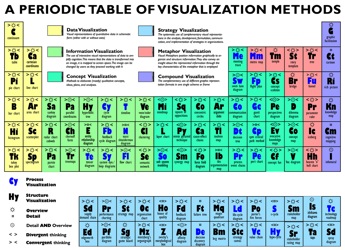Dave Snowden, formerly of IBM, now on his own at Cognitive Edge has been thinking about the relationship between organizations, knowledge, and technology for a long time. In one of several recent posts, “If the world is flat, seek out the bumpy bits ,” he reflects on the challenges of meshing the bottoms up processes that characterize successful social technologies with the command and control realities of most organizations. As he puts it better than I can:
Now I am reasonably confident that anyone who knows anything about knowledge management or for that matter anyone who has lived through the failed experiments of the last decade, will reject the AIMS analysis and conclusion. However, much as I agree with Euan, I think we need to understand that a lot of people actually think the management and monitoring is the way to create a system that will get people working together. I know this is a depressing thought, but I think the AIMS managers quoted are genuine in believing that their survey shows both a causal linkage and a solution. Evil is often done for the best of all possible intent! It’s an example of the sort of blindness to the obvious that characterises an old model of the world, seeking to accommodate new realities. They just don’t understand bottom up systems, or the anarchic and messy connections that are achieved through social computing.
Now this comes back to the issue of what information we need to act, or to make decisions. The classic approach is to use phrases like :the right information in the right place at the right time which contains the flawed assumption that one can know what is the right information or the right time other than with the benefits of hindsight. [If the world is flat, seek out the bumpy bits ]
The AIMS analysis Snowden refers to is a recent Accenture study making the rounds about the difficulties managers claim in finding information within their organizations. Accenture is ready and willing to help organizations solve this problem and, from within their worldview, they quite seriously believe that there is a straightforward (and likely expensive) technological solution. Like Snowden, I’m more skeptical.
The notions of Enterprise 2.0 are seductive. The question is can you get to Enterprise 2.0 from Enterprise 1.0?

